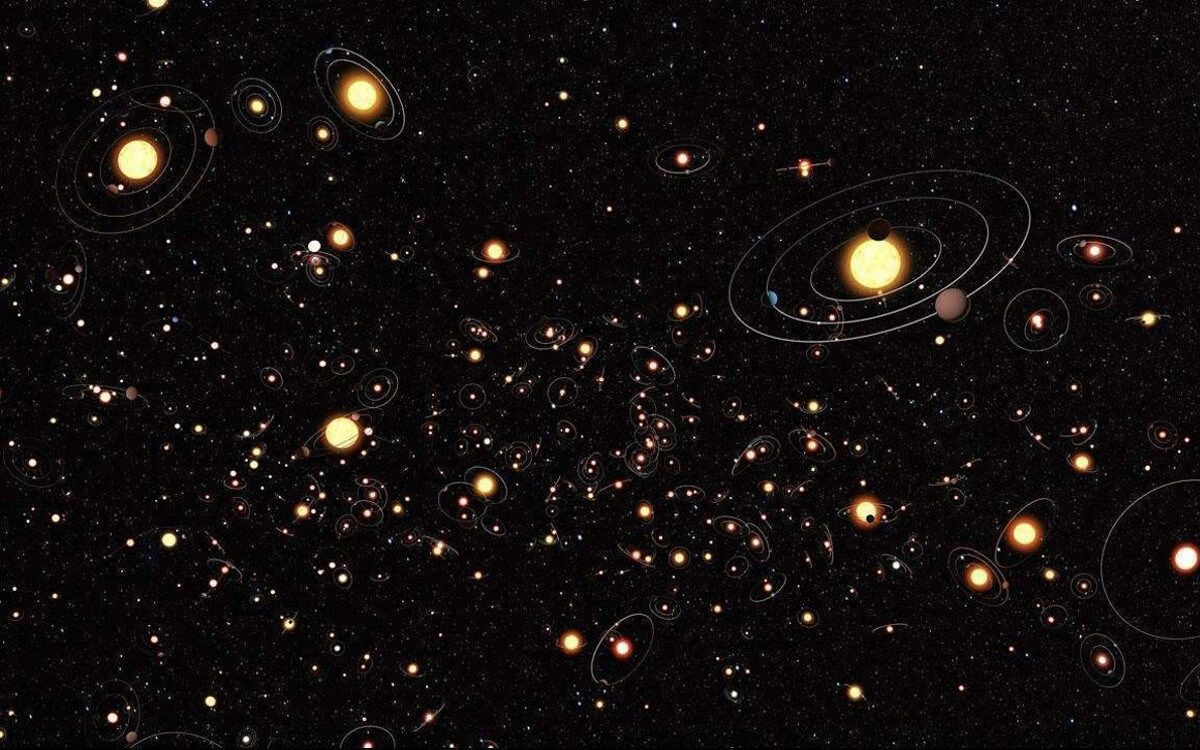What will August, 2022 bring?

Grab your binoculars to observe the planets, view the Perseid meteor shower, and fly with Cygnus the swan.
In August, Venus and Saturn make their exits from the morning planet parade we’ve been enjoying for the past few months on opposing parts of the sky. However, there are still Mars and Jupiter visible in the sky.
In actuality, the Red Planet and the far-off ice giant planet Uranus make a tight conjunction in the beginning of August. Without a self-guiding telescope, Uranus can be challenging to locate, but if you know where to look, it’s a simple object to discover with binoculars. In the morning sky on January 1, Uranus will be seen just to the northwest of Mars. Through binoculars, they will easily fill the same field of vision.

The Moon is only a finger’s width away from Jupiter in the morning of the 15th. Through binoculars, they’ll look fantastic together, similar to Mars and Uranus, and you might even catch a glimpse of Jupiter’s four largest moons.
After that, the Moon moves eastward until joining Mars on August 19. This is yet another attractive binocular coupling, and since the duo is so close to the Pleiades, you might be able to see them all in one view.

Saturn is changing from a late-night and early-morning object to an all-night spectacle as it moves into the evening sky. As night falls in August, it is rising. Around nine o’clock, cast your eyes low to the east to locate it as a constant point of yellowish light. Over the course of the month, you’ll notice that the Ringed Planet rises a little earlier each night.
This month, Saturn is in opposition, which means it is exactly across from the Sun and Earth. The Ringed Planet is at its biggest and brightest for the year around this time.
Jupiter will begin to rise about 9 p.m. on the last day of the month to join Saturn.
As a result, Jupiter will serve as both an early evening object in the eastern sky and an early morning object in the western sky.
Many of us who enjoy watching the night sky look forward to the Perseid meteor shower each year because it frequently results in an abundance of shooting stars. Unfortunately, this year’s peak night of August 12 will have a full moon that would obscure all but the brightest Perseids.
The Perseids are therefore probably not going to be visible this year, but if you find yourself outside on August 13 between midnight and morning, remember to look up. Since you never know, you might get lucky and see one of the brilliant Perseid meteors, which defy the Moon’s light. Don’t forget that occasionally, early Perseids can be seen streaking across the sky up to a week in advance.

In August, after dusk, you can see the swan-shaped constellation Cygnus flying high in the eastern sky. The constellation Cygnus has a star pattern known as “the Northern Cross” and has an overall shape like a T or cross.
Deneb, the constellation’s brightest star, which symbolizes the swan’s tail, serves as Cygnus’ anchor. The northernmost of the Summer Triangle’s three stars, Deneb, can be seen in even the bright metropolitan skies. The double star Albireo, on the other end of Cygnus from Deneb, is a favorite among stargazers because it can be seen through even the smallest telescope and exhibits stunning blue and gold tones.

Now that Cygnus is located directly along the Milky Way’s plane, it is rich in sparkling stars and ominous dust clouds, providing telescope viewers and astrophotographers with a wealth of interesting objects to explore, such as the North America Nebula, the Veil Nebula, and the Blinking Planetary Nebula. Additionally, it includes the binocular-visible open star clusters M29 and M39.
August is a great month to observe the constellation Cygnus, the graceful swan soaring across the dusty lanes of the Milky Way, no matter how you look at the sky where you live.
Comment
Leave a Reply Cancel reply
You must be logged in to post a comment.





[…] Source link […]